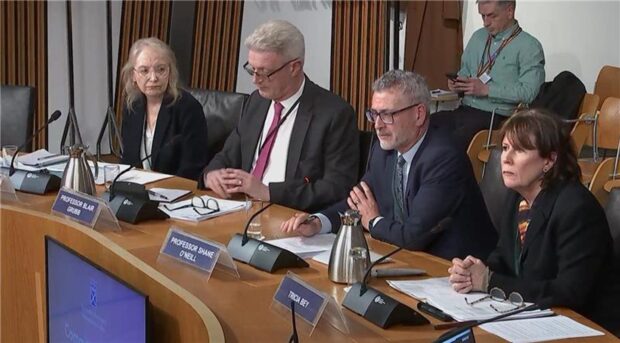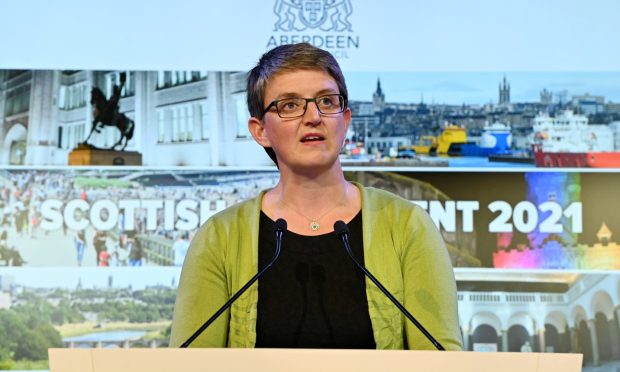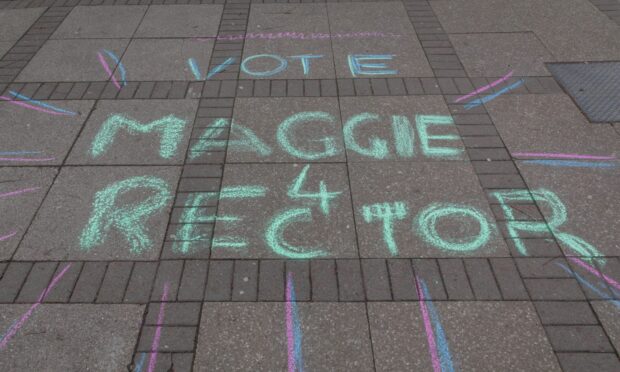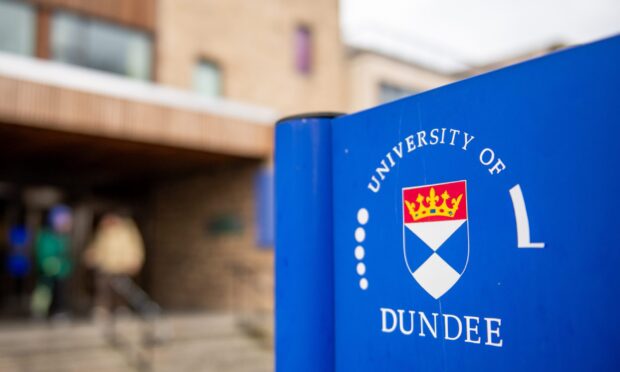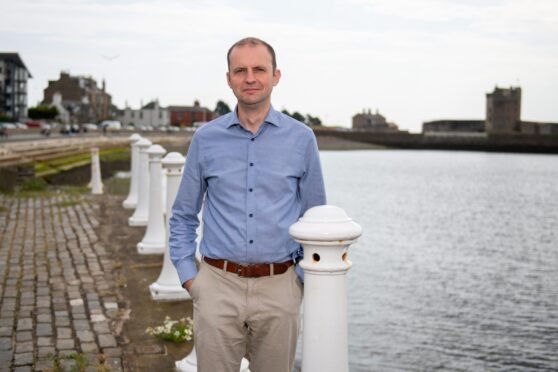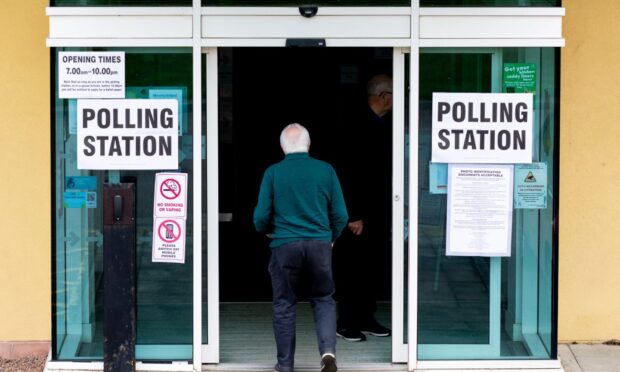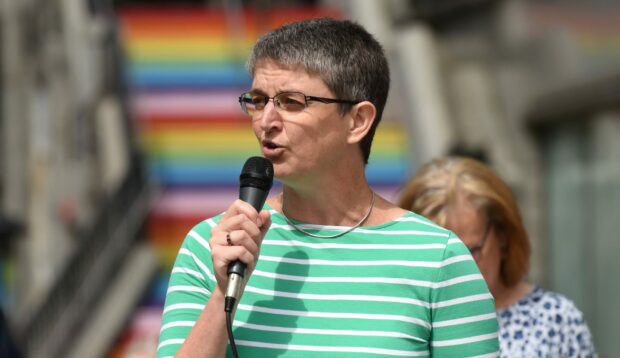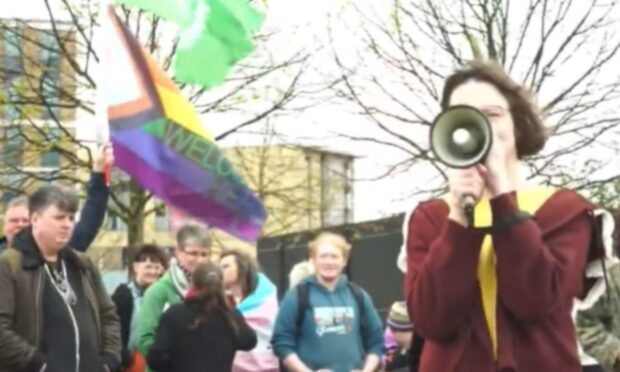Nicola Sturgeon has demanded that an independence referendum is held before the UK leaves the EU.
In an historic speech at Bute House, the First Minister said she will seek the support of Holyrood for another breakaway vote next week.
She said the referendum must happen between autumn 2018 and spring 2019, when the UK is due to leave the EU.
Ms Sturgeon said: “The Scottish Government’s mandate for offering this choice is beyond doubt.
“So next week I will seek the approval of the Scottish Parliament to open discussions with the UK Government on the details of a Section 30 order – the procedure that will enable the Scottish Parliament to legislate for an independence referendum.
“The UK Government was clear in 2014 that an independence referendum should be, in their words, ‘made in Scotland, by the people of Scotland’ – that is a principle that should be respected today.
“The detailed arrangements for a referendum – including its timing – should be for the Scottish Parliament to decide.
“It is important that Scotland is able to exercise the right to choose our own future at a time when the options are clearer than they are now, but before it is too late to decide on our own path.
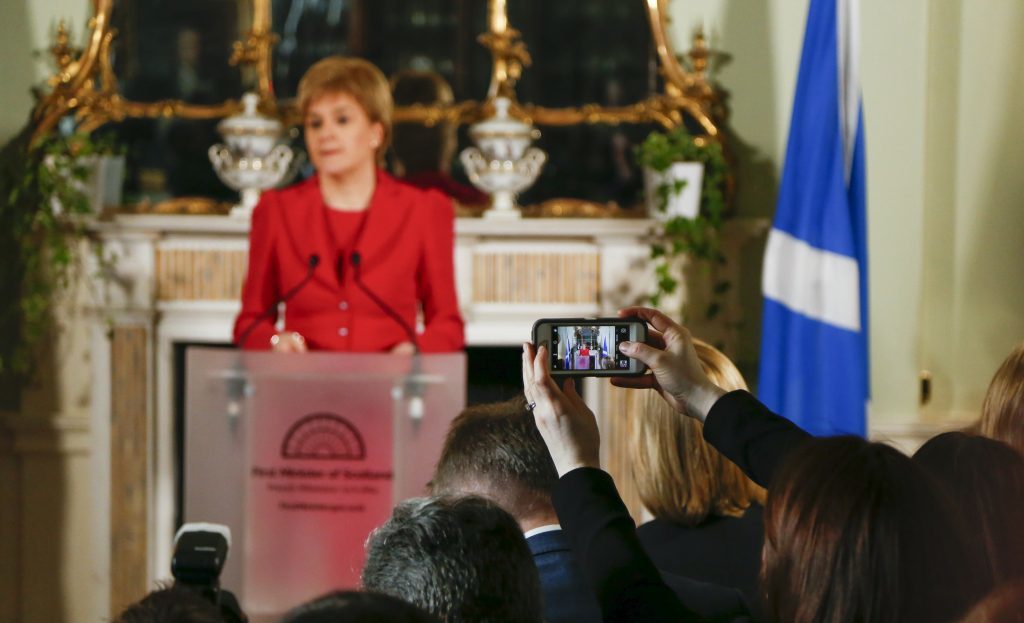
“By the time a choice comes to be made, there must be greater clarity about Brexit and its implications for us.
“It is just as important that there is clarity about the implications of independence. And there will be.
“We will be frank about the challenges we face and clear about the opportunities independence will give us to secure our relationship with Europe, build a stronger and more sustainable economy and create a fairer society.
“If I ruled out a referendum, I would be deciding – completely unilaterally – that Scotland will follow the UK to a hard Brexit come-what-may, no matter how damaging to our economy and our society it turns out to be.
“That should not be the decision of just one politician – not even the First Minister. It will be decided by the people of Scotland. It will be Scotland’s choice.”
A section 30 order temporarily transfers the power to Holyrood to hold a referendum. It was the mechanism that was used to enable the 2014 vote.
A 62% majority in Scotland backed Remain in the June 23 plebiscite, but the country faces being taken out of the EU on the strength of Leave votes in England and Wales.
Ms Sturgeon put forward her Scotland’s Place in Europe plan in December, which she described as compromise proposals for Brexit that respect the Remain vote in Scotland.
It includes Scotland staying in the single market even when the rest of the UK leaves and more powers for Holyrood, including greater freedom over immigration policy.
But it made clear that independence is an option if Downing Street does not make any concessions ahead of the triggering of Article 50, the two-year process for exiting the EU.
The Prime Minister has said she will look at the proposals, but has shown no sign she is likely to agree to them.
Senior Conservative ministers have repeatedly said there can be no special deal for Scotland and stressed that the EU referendum was conducted on a UK-wide basis.
The bill that allows Mrs May to trigger Article 50 could be passed by the UK Parliament today.
That raises the prospect of the Prime Minister firing the starting gun on negotiations as early as Tuesday.
A UK Government spokesman said: “As the Prime Minister has set out, the UK Government seeks a future partnership with the EU that works for the whole of the United Kingdom.
The UK Government will negotiate that agreement, but we will do so taking into account the interests of all of the nations of the UK.
“We have been working closely with all the devolved administrations – listening to their proposals, and recognising the many areas of common ground, including workers’ rights, the status of EU citizens living in the UK and our security from crime and terrorism.
“Only a little over two years ago people in Scotland voted decisively to remain part of our United Kingdom in a referendum which the Scottish Government defined as a ‘once in a generation’ vote.
“The evidence clearly shows that a majority of people in Scotland do not want a second independence referendum.
“Another referendum would be divisive and cause huge economic uncertainty at the worst possible time.
“The Scottish Government should focus on delivering good government and public services for the people in Scotland.”
